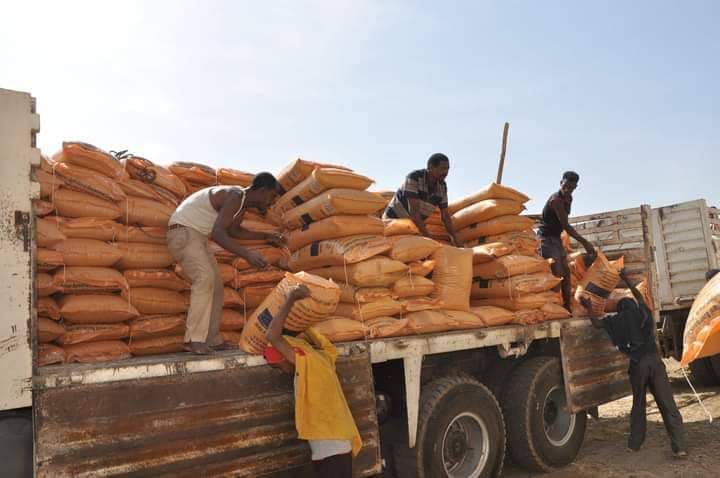In 2015, the government purchased more than 1.2 million metric tons of soil fertilizer in order to respond to the demand of soil fertilizer supply raised by the farmers in various regions.

In 2015, the government purchased more than 1.2 million metric tons of soil fertilizer in order to respond to the demand of soil fertilizer supply raised by the farmers in various regions.
Of the soil fertilizer that the government ordered for this year, more than 669 thousand metric tons of soil fertilizer was transported into the country and added to the 210 thousand metric tons of fertilizer left over from last year, it provided more than 879 thousand metric tons of fertilizer.
Out of the imported and transported soil fertilizer, 842 thousand metric tons of soil fertilizer has been distributed to cooperatives and the amount of soil fertilizer being delivered to the farmers is 706 thousand metric tons.
There are still 172 thousand metric tons of soil fertilizer on hand.
In addition to this, among the 13 ships that arrived at Jibutu port, the soil fertilizer loaded by 5 ships will start shipping soon.
The lack of supply of inputs as required will have its own impact on the national production and productivity of the next year, so it is the primary responsibility of the bodies in this sector to ensure that the farmers receive soil fertilizer and other agricultural supplies on time, so the government is providing the necessary support and monitoring. In addition, in some regions, efforts have been made to track down and arrest those who have malpractice in the sector and who are obstructing the delivery of appropriate resources to the farmers. This activity will continue in all regions.
Regarding autumn farming activities in Amhara, Oromia, Sidama; It is planned to cultivate more than 2.4 million hectares of land in the South and Southwest regions and till June 11, 2015, more than 2.7 million hectares of land has been plowed. Of this, more than 2.6 million hectares of land are covered with seeds.
Regarding cluster cultivated land, in Amhara, Oromia, South, Sidama and Southwest regions, 4.2 million hectares of land have been cultivated and more than 1.5 million hectares have been covered with seeds.


